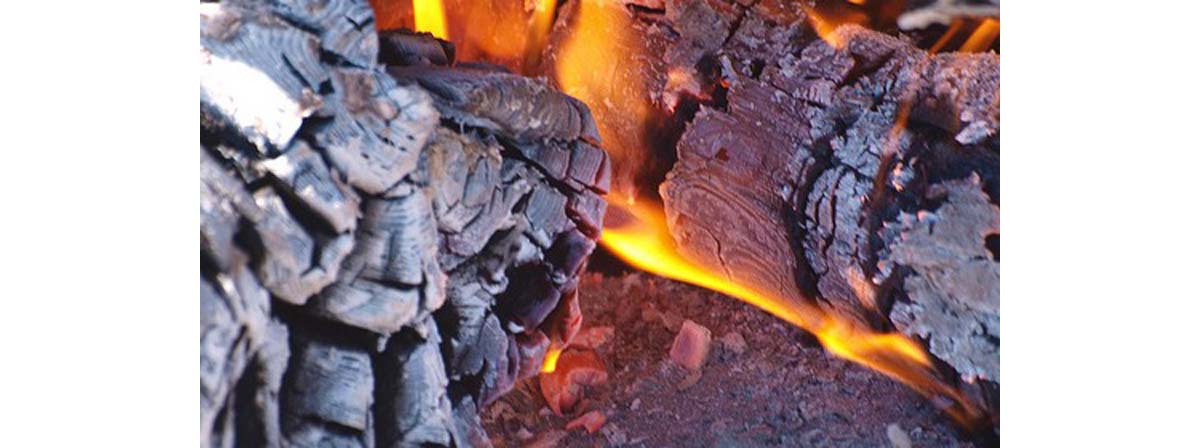Table of Contents
Burns of all kinds can occur in people of many different ages. Older adults, however, are at a particularly increased risk of injury from scalds and burns compared to other ages. As well as a higher risk of burns, older adults are also at a higher risk of death from accidental fires. Why exactly is this?
The normal changes that occur to everyone during the natural aging process, such as impaired vision, changes in both comprehension and cognitive abilities, and mobility changes can all make older adults much more susceptible to burn injuries than younger people who are much healthier. In addition to those normal changes, the frequent use of medication can also lead to some side effects that further increase that risk.

Injuries that occur in older adults as a result of scalds, burns and fires are dramatically on the rise. The American Burn Association states that in American adults over the age of 65, roughly 1,200 will die every year as a result of injuries from burns or fires.
The second leading cause of burn injuries in older adults is scalds, followed by faulty electric hardware and chemical burns. Burn injuries in the older population occur frequently in both the home setting as well as the nursing home or assisted living environment.
The physical, cognitive and mobility changes that occur with advanced age put older adults at an increased risk of suffering from a burn or a fire related injury.
An example of this would be an older adult with impaired vision experiencing a burn to the hand because they were not able to see that the burner on top of the stove was actually on. In the case of fires, older adults with impaired mobility may not have the motor skills necessary to escape a fire. Because of all this, older adults are much more at risk of burn and fire related injuries.
Starting to get worried from all this information? While older adults are certainly more susceptible to burn injuries, there are may steps you can take to help prevent this as well as treat burn injuries in the case that they do happen.
Fortunately, many nursing homes and assisted living facilities work hard to ensure that the living environment is safe for older adults. Safety measures in place to prevent burns and fire injuries include educating patients, their families and employees about burns, common causes and effective prevention methods.
In the home environment, safety precautions are crucial, especially for older adults who live alone in their home. Of all in-home injuries in the elderly population, burns and fire injuries are the number 2 cause of death due to accidental injury. Children, family members, in-home caregivers and neighbors can all help to prevent burns and fire injuries in older adults living alone at home by taking simple preventive measures. Ensuring that the home environment is free from burn hazards, as well as educating older adults about burn risks and prevention is crucial for preventing burns and fire related injuries.
- Photo courtesy of Bruce McKay by Flickr : www.flickr.com/photos/brucemckay/4748203726/
- Photo courtesy of David Hepworth by Flickr : www.flickr.com/photos/medhead/2891644046/


Your thoughts on this